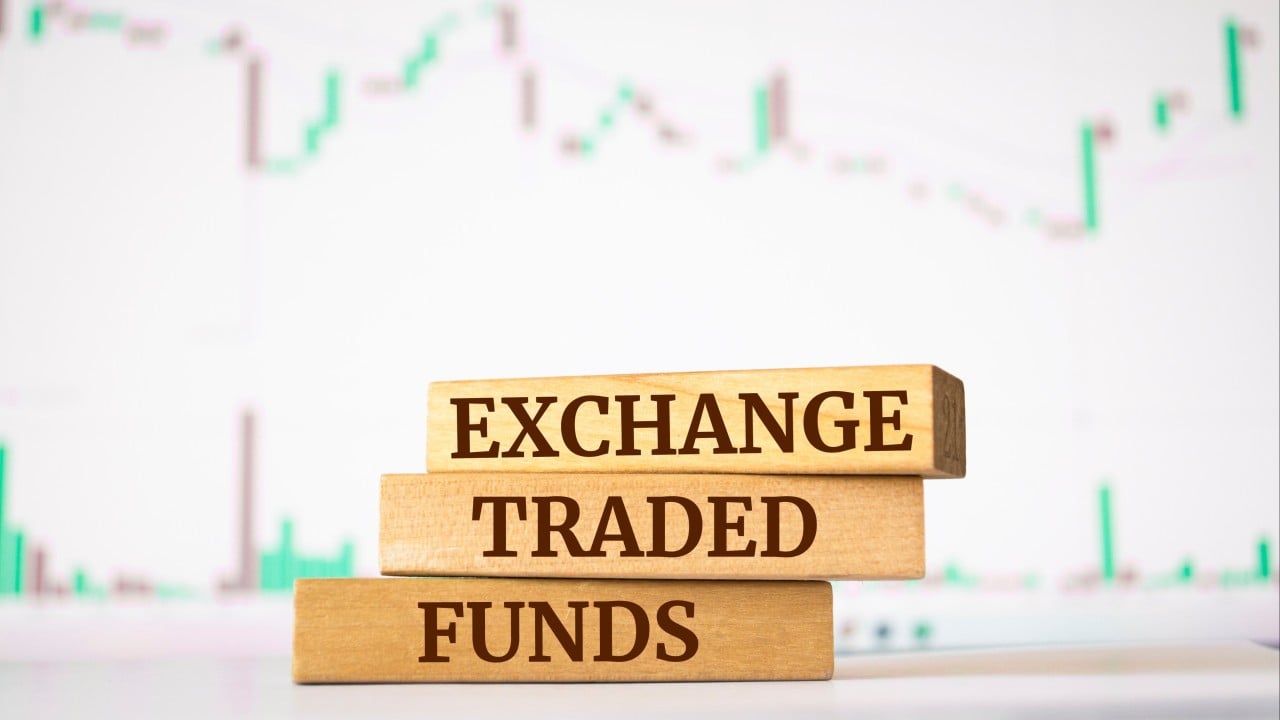China is further opening up its US$8.4 trillion stock market by offering more options to global investors – 85 new exchange-traded funds (ETFs) tracking mainland equities are set to become available through the cross-border trading channel for offshore funds next week.
ETFs, which are funds that pool together a basket of securities and aim to offer returns that mirror the underlying market, are becoming increasingly popular in Asia. These transparent, low-cost, and diversified investment products are especially favoured by retail investors, with mainland China being one of the fastest-growing markets in the region.
Annual inflows to China ETFs surged almost fivefold over the past three years, bringing their total assets under management (AUM) to 1.82 trillion yuan (US$261 billion) by the end of 2023, according to Morningstar.
What is ETF Connect, and how does it work?
Hong Kong and mainland China launched their so-called mutual market access programme 10 years ago to allow investors on both sides to trade designated stocks in each other’s markets. The programme, also known as the Stock Connect scheme, has been playing a key role in opening up China’s onshore market to global investors.
To enhance the connectivity and expand cross-border investment channels, the scope has gradually broadened over the years. It started off with the Shanghai-Hong Kong Stock Connect in 2014, and this was followed two years later by the Shenzhen leg of the mechanism. Bond Connect arrived in 2017 and the Wealth Management Connect scheme in 2021.
ETFs were added as eligible securities under the Stock Connect mechanism on July 4, 2022. The so-called northbound trading arrangements for ETFs – offshore investors buying mainland Chinese funds – follow the same rules as shares under the scheme.
Trading hours, settlement and clearance all follow mainland China’s regulations for offshore investors, while short-selling of ETFs through the northbound leg is currently not allowed. Trading must be conducted in yuan, and investors are subject to the daily quota of 52 billion yuan (US$7.3 billion) for each of the Shanghai and Shenzhen channels.
What types of ETFs are included in ETF Connect?
The onshore ETFs eligible for northbound investors must meet several criteria to ensure they are well-established and liquid enough for trading. Under the latest rules, the ETF must be able to demonstrate daily average assets under management of at least 500 million yuan (US$69 million) over the previous six months.
The ETF must also have been listed for over six months, and at least 60 per cent of its benchmark index weighting must be made up of stocks eligible for Stock Connect northbound trading.
Some of China’s biggest broad-based ETF products, which track the CSI 300 Index and are issued by the nation’s top fund houses such as E Fund Management, Huatai-PineBridge Asset Management, and China Asset Management, are open to international investors via the northbound channel. Some of these products have seen a surge in assets this year as state-backed funds, also known as “the national team”, went back into action to shore up the weak stock market.
Other products, including some thematic ETFs tracking specific sectors such as consumer, healthcare, AI, and defense, are also eligible for northbound trading.
There are currently around 140 eligible ETFs in the northbound leg of the trading scheme, and the number will expand to 225 after the latest inclusions take effect next Monday, July 22. For mainland investors, a total of 16 Hong Kong-domiciled ETFs will be available through the southbound channel.
How big is the market, and how can I participate?
The total trading volume of ETFs through the northbound channel reached 102.7 billion yuan at the end of May, an increase of nearly three times compared to the same time last year, according to data from the Hong Kong stock exchange. The monthly trading volume topped 20 billion yuan in May and June, some of the highest amounts on record.
Trading of ETFs under Shanghai Connect and Shenzhen Connect is open to all Hong Kong and overseas investors – both institutional and individual. Retail investors can easily gain exposure to China’s onshore market by purchasing ETFs on the Hong Kong stock exchange through their brokerage accounts.


